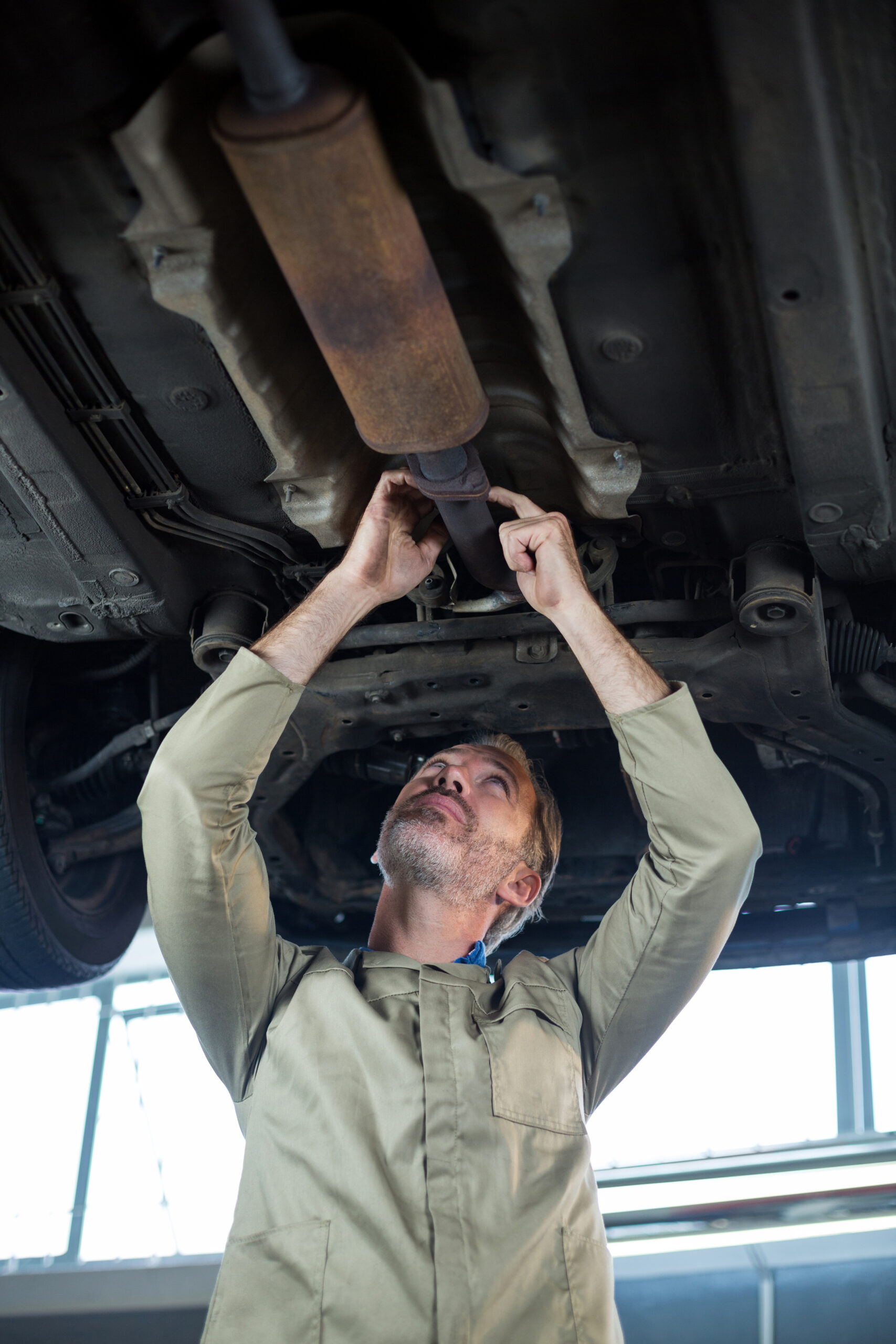Car shock absorbers are crucial components of your suspension system, designed to manage the impact and vibration from the road, ensuring a smooth and stable ride. However, different driving conditions can significantly affect the performance and longevity of your shock absorbers. In this post, we’ll explore how various driving conditions impact your car shock absorbers and what you can do to mitigate wear and tear.
1. City Driving
Impact on Shock Absorbers: City driving often involves frequent stops, starts, and navigating through potholes, speed bumps, and uneven surfaces. The constant need to brake and accelerate puts strain on your shock absorbers as they work overtime to manage the weight transfer of your vehicle. Potholes and rough roads can cause sudden, sharp impacts, leading to faster wear on the shock absorbers.
Signs of Wear:
- Increased body roll during turns.
- Longer stopping distances.
- Excessive bouncing after hitting a bump.
- Noise from the suspension.
Tips to Prolong Shock Absorber Life:
- Drive cautiously over potholes and speed bumps.
- Maintain proper tire pressure to reduce the impact on shocks.
- Regularly inspect your suspension system, especially after driving on rough roads.
2. Highway Driving
Impact on Shock Absorbers: Highway driving generally provides a smoother ride, with fewer bumps and potholes compared to city driving. However, prolonged high-speed travel can cause heat buildup in the shock absorbers, potentially leading to fluid degradation and reduced damping efficiency over time. Additionally, if your vehicle is heavily loaded during highway trips, the extra weight can place additional stress on the shocks.
Signs of Wear:
- Vehicle swaying or drifting at higher speeds.
- Noticeable decline in ride comfort over time.
- Unusual vibrations or steering instability.
Tips to Prolong Shock Absorber Life:
- Avoid overloading your vehicle, especially for long trips.
- Monitor tire wear, as uneven wear can indicate shock absorber issues.
- Have your shock absorbers checked during routine maintenance, especially if you notice changes in ride quality.
3. Off-Road Driving
Impact on Shock Absorbers: Off-road driving is the most demanding on shock absorbers, as it involves navigating through uneven terrain, rocks, mud, and steep inclines. The shocks must absorb significant impacts and keep the tires in contact with the ground, maintaining traction and stability. Constant exposure to such harsh conditions can quickly wear out standard shock absorbers, leading to leaks, reduced performance, and even complete failure.
Signs of Wear:
- Visible fluid leaks from the shock absorbers.
- Reduced suspension travel or bottoming out.
- Excessive body roll or bouncing over rough terrain.
- Unusual noises, such as clunking or squeaking from the suspension.
Tips to Prolong Shock Absorber Life:
- Consider upgrading to heavy-duty or off-road-specific shock absorbers if you frequently drive in such conditions.
- Inspect your shock absorbers after each off-road trip for any signs of damage.
- Clean your suspension components regularly to prevent dirt and debris buildup.
4. Cold Weather Driving
Impact on Shock Absorbers: Cold weather can cause the fluid inside your shock absorbers to thicken, reducing their ability to dampen effectively. This can lead to a stiffer ride and potentially damage the seals if the shock absorbers are forced to work harder in freezing temperatures. Additionally, road salt and grime can accelerate corrosion on the shock absorber components.
Signs of Wear:
- Stiff or harsh ride during cold weather.
- Fluid leaks as seals wear out.
- Increased noise from the suspension.
Tips to Prolong Shock Absorber Life:
- Allow your vehicle to warm up before driving in freezing temperatures.
- Use winter-specific shock absorbers if you live in an area with severe winters.
- Regularly clean your suspension system to remove salt and grime, which can cause corrosion.
5. Hot Weather Driving
Impact on Shock Absorbers: Extreme heat can cause the shock absorber fluid to thin, reducing its effectiveness and leading to a decrease in damping performance. Additionally, high temperatures can cause rubber seals and bushings to dry out and crack, leading to leaks and reduced shock absorber lifespan.
Signs of Wear:
- Decreased ride comfort in hot weather.
- Visible cracks or dry rot on rubber components.
- Leaks from the shock absorbers.
Tips to Prolong Shock Absorber Life:
- Park in shaded areas to reduce heat exposure when possible.
- Regularly inspect rubber seals and bushings for signs of wear.
- Consider using shock absorbers designed to withstand high temperatures if you frequently drive in hot climates.
Car shock absorbers play a vital role in ensuring a smooth and safe driving experience, regardless of the conditions. Understanding how different driving environments affect your shock absorbers can help you take proactive measures to extend their lifespan. Regular maintenance, inspection, cautious driving, and choosing the right type of shock absorbers for your driving conditions are key to maintaining optimal performance and ride comfort.



